GReAT (Global Research & Analysis Team) said that these deepfake services (technology to simulate human facial images) have starting prices of only about 50 USD (equivalent to 1.3 million VND) for fake videos and 30 USD (about 800,000 VND) for fake voice messages, much lower than the prices of 300 USD to 20,000 USD/minute that Kaspersky previously recorded. This large difference shows that deepfake technology has become more accessible than ever, opening the way for many risks of being exploited for purposes of fraud, identity fraud or cyber attacks.

Darknet ads detail a variety of disturbing features, including real-time face swapping during video calls, using fake faces to bypass authentication, and spoofing camera feeds on online platforms.
Some sites also sell voice cloning tools that can adjust pitch, tone, emotion, and even synchronize lip movements with dialogue in many different languages. However, experts warn that many of these ads are just scams, aimed at stealing people's money.
Cybercriminals are actively experimenting with and incorporating AI into their operations, said Dmitry Galov, head of Kaspersky’s GReAT team in Russia and the CIS. Some platforms are even developing their own malicious large language models (LLMs) that can run directly on the device, allowing criminals to increase their attack capabilities without relying on public models.
While these technologies have not created a completely new cyber threat, they have made hackers more dangerous and unpredictable. In this context, Kaspersky recommends that cybersecurity experts should take advantage of AI itself to increase productivity and improve defenses against the new wave of attacks brought by deepfakes and malicious AI technology.
To stay safe from deepfake threats, Kaspersky recommends:
- Enterprises fully deploy cybersecurity measures: Not only stopping at installing protection solutions, but also needing a team of highly skilled IT experts.
- Ensure employees understand deepfakes and the dangers of this technology, and regularly organize training courses to help employees know how to identify them.
- Equip staff with the skills to recognize the typical signs of deepfake: jerky, non-smooth motion, inconsistent lighting between frames, unnatural skin tones, unusual or infrequent blinking, distorted images, videos deliberately shot in low quality or poor lighting.
Source: https://nld.com.vn/dich-vu-deepfake-duoc-rao-ban-re-hon-400-lan-lam-gi-de-tu-bao-ve-196251009170834853.htm


![[Photo] Opening of the World Cultural Festival in Hanoi](https://vphoto.vietnam.vn/thumb/1200x675/vietnam/resource/IMAGE/2025/10/10/1760113426728_ndo_br_lehoi-khaimac-jpg.webp)



![[Photo] Ho Chi Minh City is brilliant with flags and flowers on the eve of the 1st Party Congress, term 2025-2030](https://vphoto.vietnam.vn/thumb/1200x675/vietnam/resource/IMAGE/2025/10/10/1760102923219_ndo_br_thiet-ke-chua-co-ten-43-png.webp)
![[Photo] General Secretary attends the parade to celebrate the 80th anniversary of the founding of the Korean Workers' Party](https://vphoto.vietnam.vn/thumb/1200x675/vietnam/resource/IMAGE/2025/10/11/1760150039564_vna-potal-tong-bi-thu-du-le-duyet-binh-ky-niem-80-nam-thanh-lap-dang-lao-dong-trieu-tien-8331994-jpg.webp)


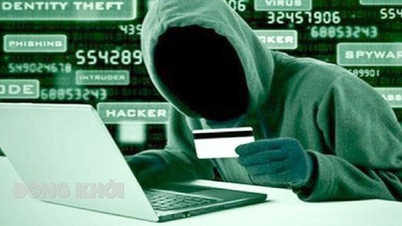

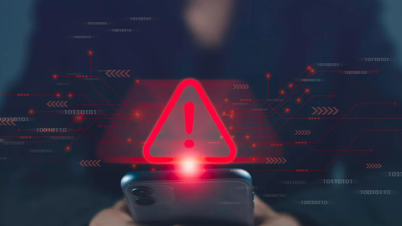
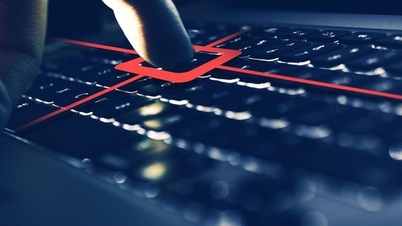



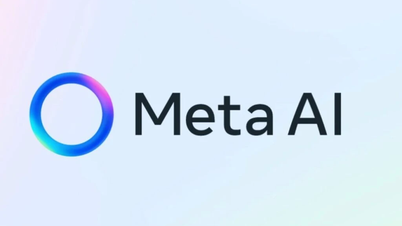


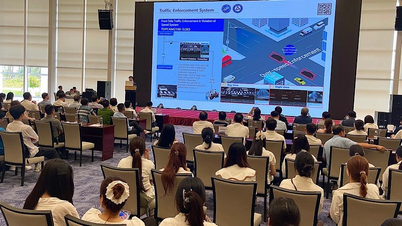

























































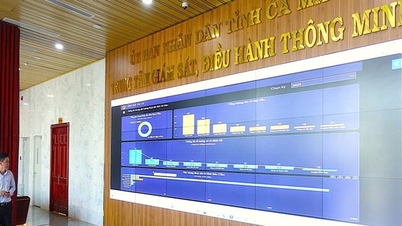






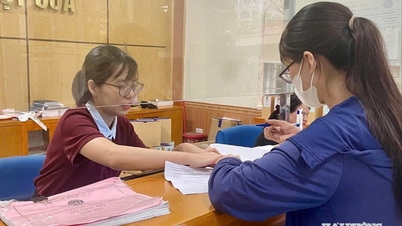



















Comment (0)